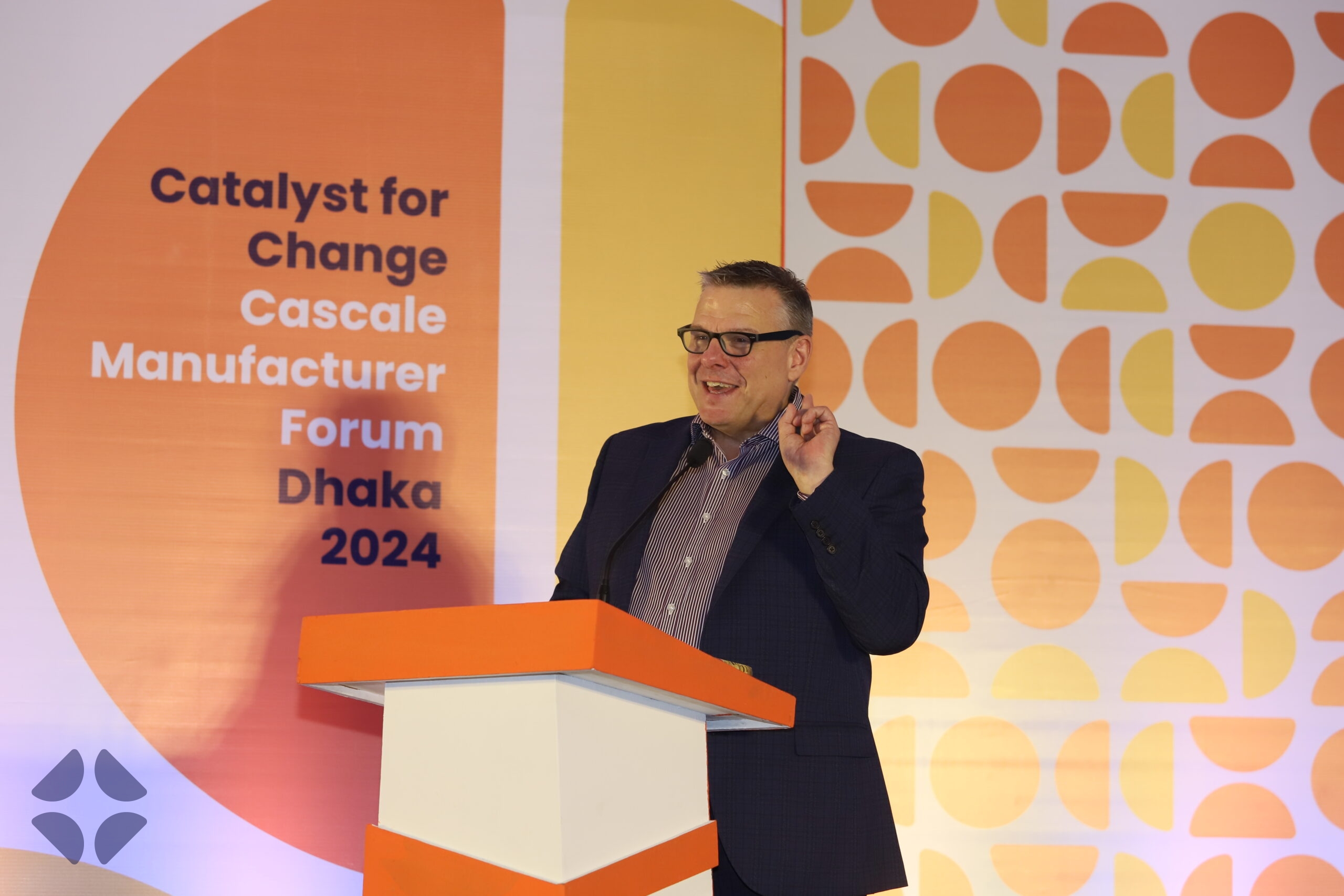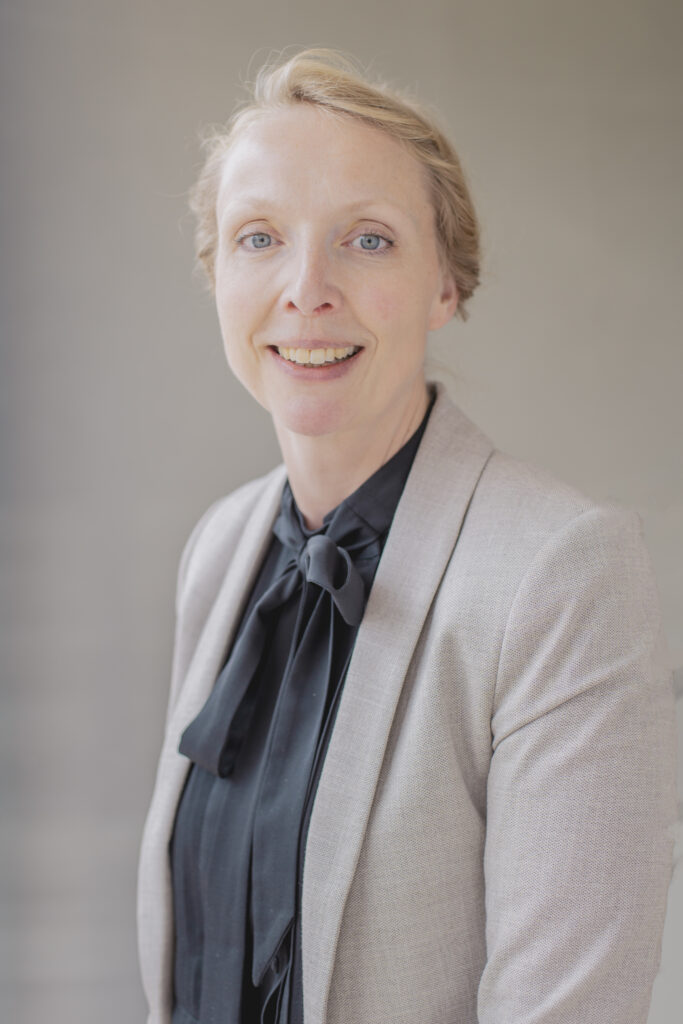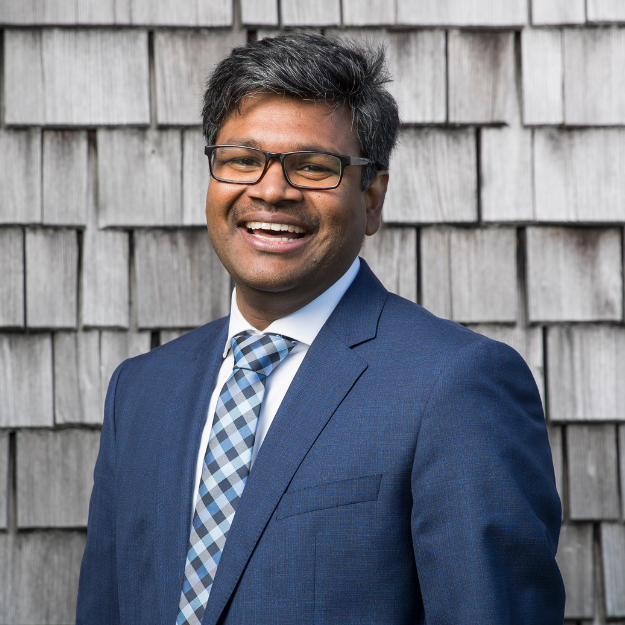SAC: Who are you? What’s your role at the SAC?
Tamar Hoek: Hi there! My name is Tamar Hoek, I am senior policy director at Solidaridad. We are an international civil society organization with 1,200 people in more than 40 countries on 13 different commodities. I am responsible for the advocacy work we do for cotton and textiles, and I am heading Solidaridad’s global linking and learning program for these two commodities.
Solidaridad has been a SAC member for years, and we have contributed to many working groups and the development of the Higg Index suite of tools. I joined the SAC Board two-and-a-half years ago, have been the Secretary for the last two years and took over the role as chair in the September board meeting in Boston during the annual member meeting.
SAC: There’s a lot of change recently at the SAC. Why a new CEO? Why now?
T.H.: As announced in September during New York Climate Week and highlighted at the SAC’s Annual Meeting in Boston, the SAC has updated its strategy. With the changing world, and the increased challenges like climate change, social injustice and economic volatility, it was important to sharpen the focus of SAC on three foundational pillars.
In the last few years, Amina [Razvi] has worked with the Board to lead the SAC through significant growth, the development of key strategic partnerships, and the updated strategic vision. As the organization enters into this new phase of growth and works towards impact expansion, we have mutually agreed that the time is right for her to step away and for the Board to identify a successor.
SAC: Who is leading the charge on a new CEO – and day-to-day operations?
T.H.: We have a number of moves in place to support the CEO transition period.
Amina will remain in the CEO role through the end of December to ensure the start of a smooth transition. The Executive Team will continue to oversee day-to-day operations and key strategic initiatives, while providing ongoing support and guidance. In addition, the Board of Directors has established a dedicated Transition Taskforce, which includes members with specific expertise in managing transitions and change management, Sean Cady from VF Corporation, Delman Lee from TAL Apparel (both past chairs) and myself. The Taskforce, which I am overseeing, will provide strategic direction and governance during the transition period and we are in regular contact with the Executive Team.
It is crucial that our day-to-day operations will continue smoothly. And while a transition comes with changes, the SAC wants to ensure that the operations maintain the smooth operation of essential functions. We will keep employees, members, and stakeholders informed of relevant updates through our regular communication channels. This includes the search for Amina’s successor – currently underway by a global recruitment agency – and any significant milestones as the search progresses. If members have specific questions or concerns about how the transition may affect their organization, we encourage them to reach out to their membership engagement manager.
SAC: Where is the organization now compared to when it started?
T.H.: We’ve achieved remarkable milestones together during Amina’s tenure, like a new strategic plan in 2021, that was refocused in 2023 to prioritize sustainable impact at scale, the doubling of SAC’s membership since 2019 (over 300 organizations), and the evolution of the suite of Higg Index tools with over 24,000 organizations adopting the tools, facilitating standardized sustainability reporting worldwide. This also includes successfully managing the Worldly spin-off in 2019 and overseeing plans for the Social & Labor Convergence Program spin-off in January 2024, creating a more robust ecosystem of partners.
SAC: Where is it going next?
T.H.: We are actively listening during this time. The SAC’s mission remains unchanged. There is a lot of positive momentum, recently the Board of directors approved the strategic plan and 2025 goals. As I said before, Solidaridad works in 13 different industries, and we clearly see that the apparel and footwear industry is a frontrunner when it comes to a lot of sustainability topics and definitely has a lot of momentum.
The update of the strategic plan offers opportunities to take the Higg Index suite of tools to the next level, using the power of data to create impact by collaborating and taking collective action, and at the same time looking into how we can share this mission.
SAC: How will this transition affect current partners, members and staff?
T.H.: This transition will not impact our ongoing partnerships, which have been identified as critical to us achieving our shared goals and broader mission. We remain fully committed to maintaining and strengthening our relationships with our valued members and partners. Our focus is on ensuring continuity, collaboration, and open communication to continue delivering value together.
SAC: Why is this an exciting time to be part of the SAC?
T.H.: At the presentation of the revision of the strategic plan, Amina very well said, and I am quoting a couple of her words: “We can either remain passive participants or become catalysts for profound, industry-wide change.”
While the focus in the last few years has been on building the Higg Index suite of tools, the sharpened focus aims to create a meaningful, measurable impact on the industry’s most urgent issues.
With that the SAC is deeply committed to create a more sustainable and fair world for all, which very much aligns with Solidaridad mission. The SAC has all actors around the table: brands, manufacturers and affiliates – now 50 percent of the apparel industry – which is not easy for multi-stakeholder initiatives. What inspires me here is that we can solve the industry’s most urgent and systemic challenges by working closely together, by creating collective impact amongst the members and partners.
Over the last few weeks, while working on the transition, I have been inspired as well by the enormous dedication of the SAC’s Executive Team and the staff. So, as the chair of the Board, I am looking forward to working with the SAC, the Executive Team and staff, and the members and partners in this transition phase and in the next evolution towards impact.
SAC: Anything else to add?
T.H.: Change always brings uncertainty, but I am confident with the current SAC staff and executive team, with our close partners like Worldly, and the contribution of all of our over 300 members, the transition will lead to bigger opportunities and greater impact at scale in the near future.
Thank you to our stakeholders, members, and staff, for being part of this collective evolution.





